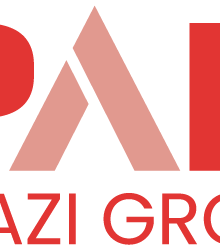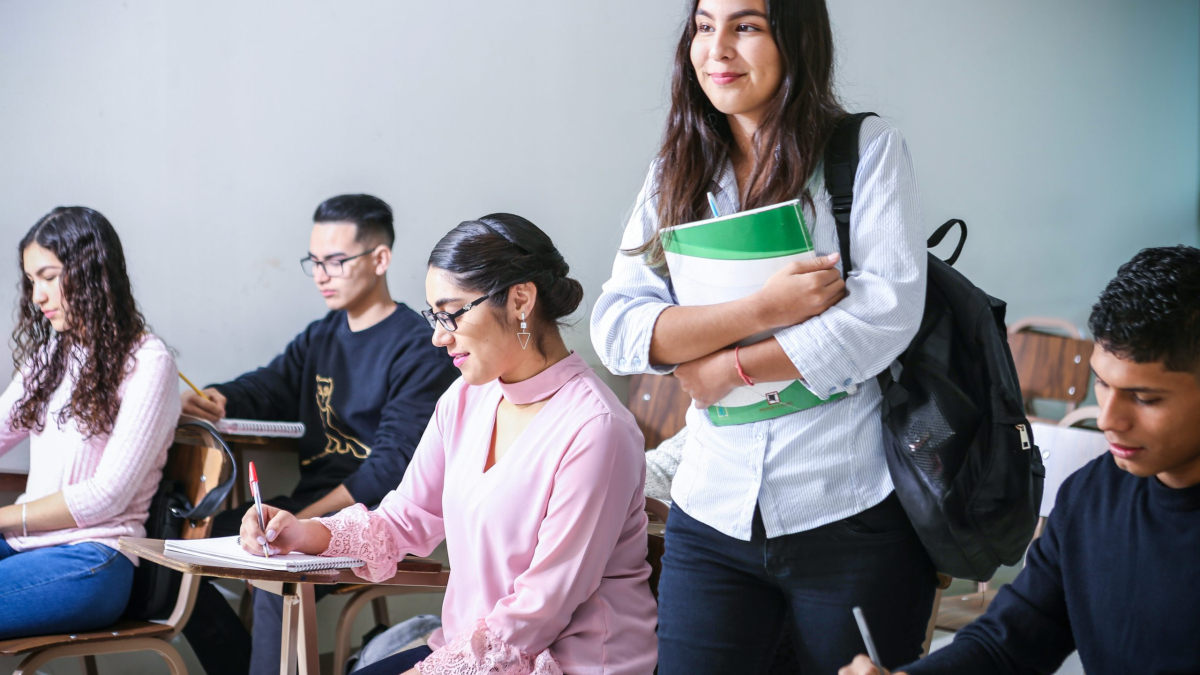In the realm of education and training, acknowledging that every individual learns differently is pivotal. As educators, trainers, and course creators, our goal is to facilitate optimal learning for all learners. Central to achieving this objective is a deep understanding of learning styles. In this article, we’ll delve into different learning styles and how tailoring courses to accommodate diverse learners can enhance the learning experience for everyone.
Identifying Learning Styles:
Understanding learning styles entails recognizing how individuals absorb and process information. There exist various styles such as visual, auditory, kinesthetic, and reading/writing, with each person potentially having a preference. Each style necessitates distinct teaching approaches to be effective.
The Four Main Types of Learning in Education:
In the realm of education, scholars have long studied how students learn. One prominent theory is the VARK model, which identifies four types of learners: visual, auditory, kinesthetic, and reading/writing. While individuals may possess elements of each style, they typically excel in one. Let’s delve into what each style entails and how best to cater to them:
Visual Learners:
Visual learners grasp information better through visual aids such as maps, graphs, and diagrams. They benefit from patterns and shapes to comprehend concepts. Utilizing visuals to illustrate connections between ideas, such as through flow charts, is effective in teaching visual learners.
Auditory Learners:
Auditory learners thrive when they hear or discuss information. They often understand concepts better through verbalization. Teaching strategies involving lectures, group discussions, and verbal explanations are conducive to auditory learners’ comprehension. Additionally, providing recordings or repeating lessons aids their learning process.
Kinesthetic Learners:
Kinesthetic learners thrive on hands-on experiences and learn best through physical engagement. They comprehend concepts better when they can touch or manipulate objects. Employing real-world experiences, practical examples, and simulations caters to kinesthetic learners’ preferences.
Reading/Writing Learners:
Reading/writing learners prefer textual information and excel in written assignments. They learn best through reading and writing activities. Utilizing written materials, such as explanations, quizzes, and assignments, is beneficial for reading/writing learners.
Other Types of Learning Styles:
Apart from the aforementioned styles, there are other lesser-known learning preferences worth exploring:
Mathematical Learners:
Mathematical learners thrive on numbers, structures, and reasoning. They excel in categorizing and analyzing patterns, making them adept at tasks requiring logical thinking and problem-solving.
Tactile Learning:
Tactile learners prefer hands-on experiences and benefit from activities involving touch and manipulation. They find practical tasks, building models, and engaging in physical activities conducive to their learning process.
Social Learning:
Social learners thrive on interaction and collaboration. They excel in group settings where they can exchange ideas, solve problems, and learn from peers.
Identifying Your Learners’ Learning Style:
Determining how your learners prefer to learn can optimize teaching efficacy. Several methods can be employed for this purpose:
• Interviews: Engage learners in interviews to gain insights into their learning preferences and experiences.
• Self-Assessment: Encourage learners to reflect on their learning styles through journaling, self-assessment activities, or quizzes.
• Surveys and Questionnaires: Administer forms or quizzes to gather information about learners’ preferred learning methods and activities.
• Observation: Observe learners’ behaviors during classes to discern their learning preferences.
Final Thoughts:
Understanding diverse learning styles is integral to effective teaching. By tailoring lessons to accommodate individual preferences—whether visual, auditory, kinesthetic, or reading/writing—we can create enriching learning experiences for all. Employing methods such as surveys, observation, dialogue, and self-reflection can facilitate the creation of personalized learning environments, enhancing both enjoyment and effectiveness in learning for each learner.

